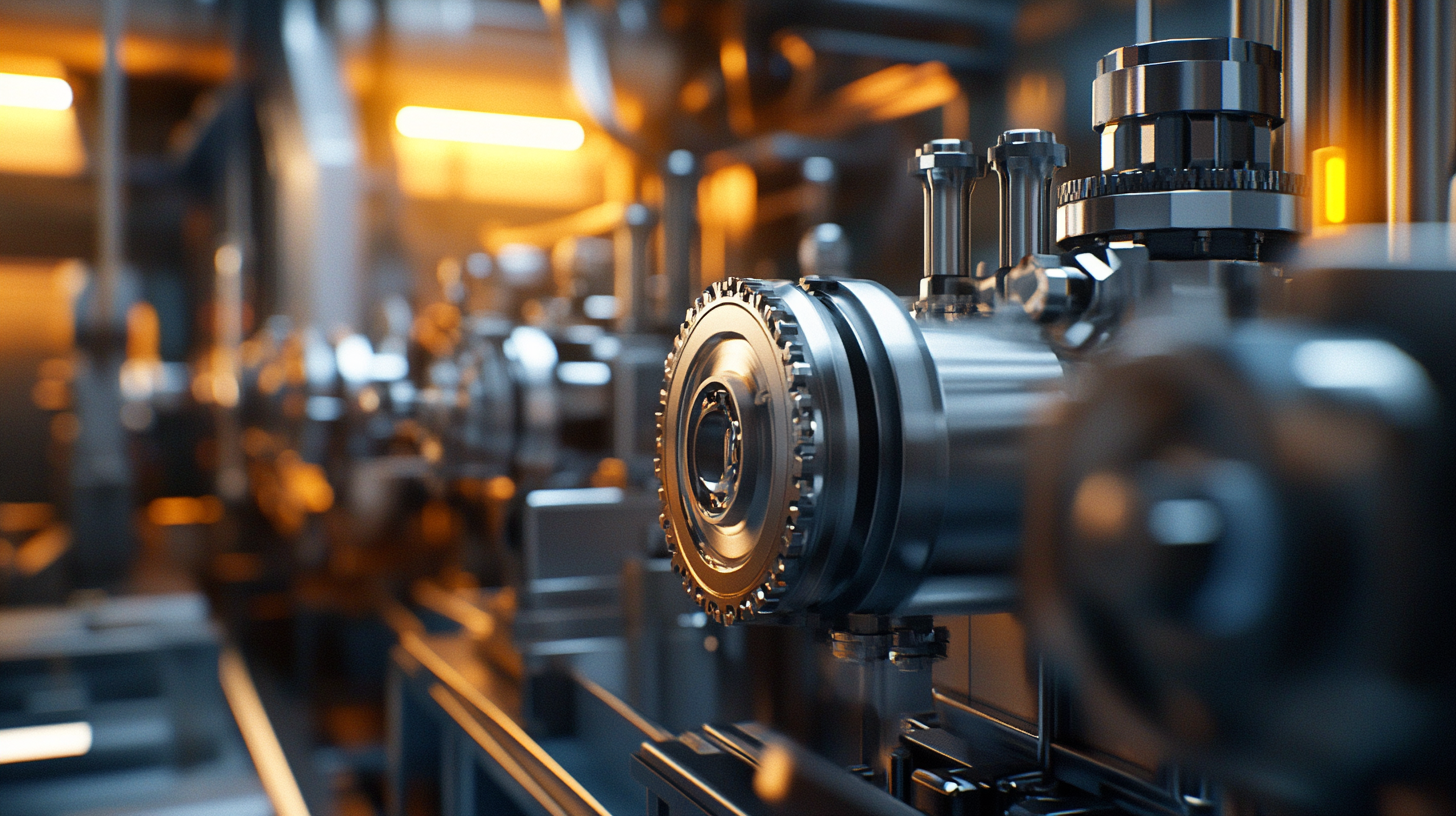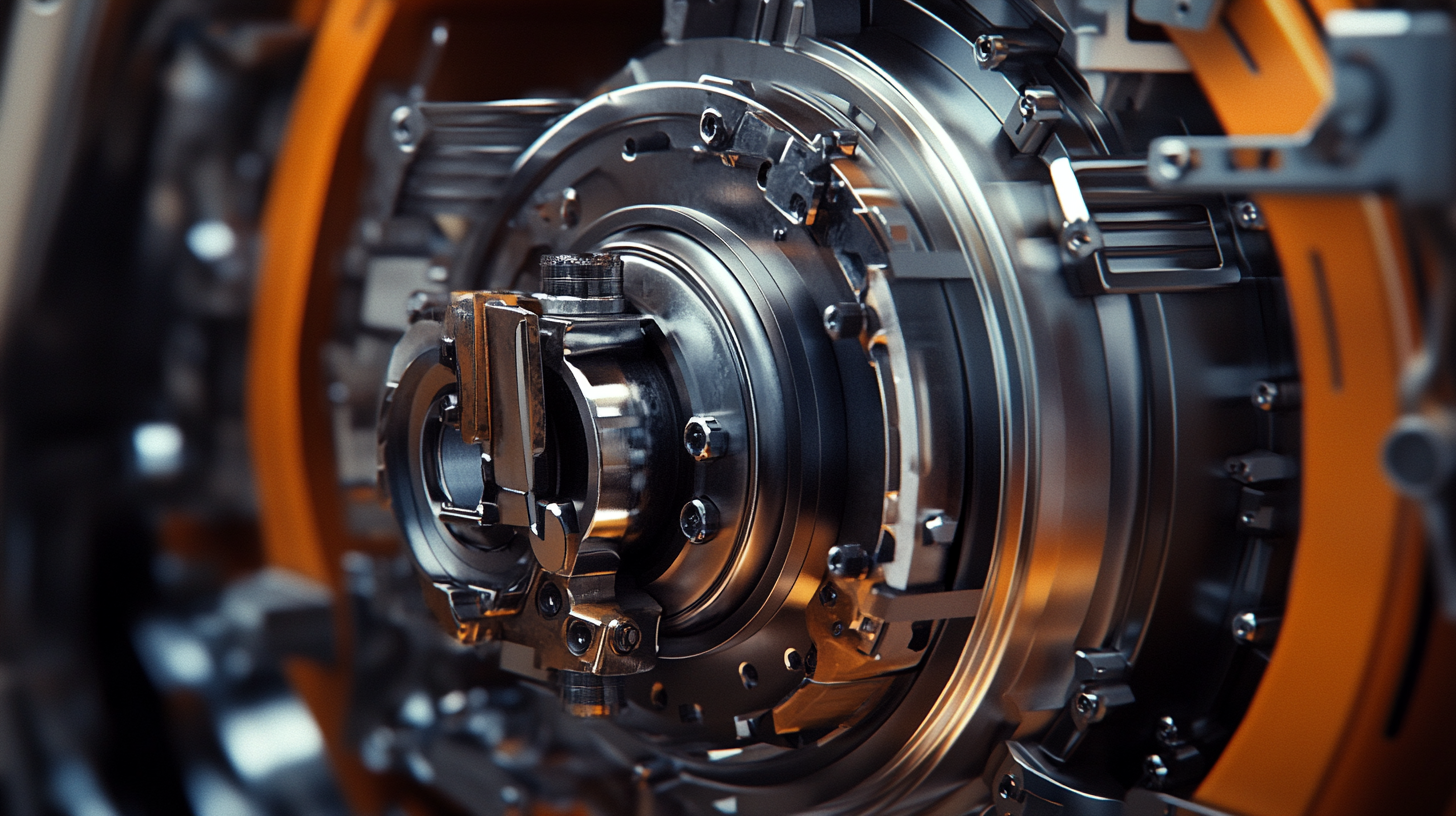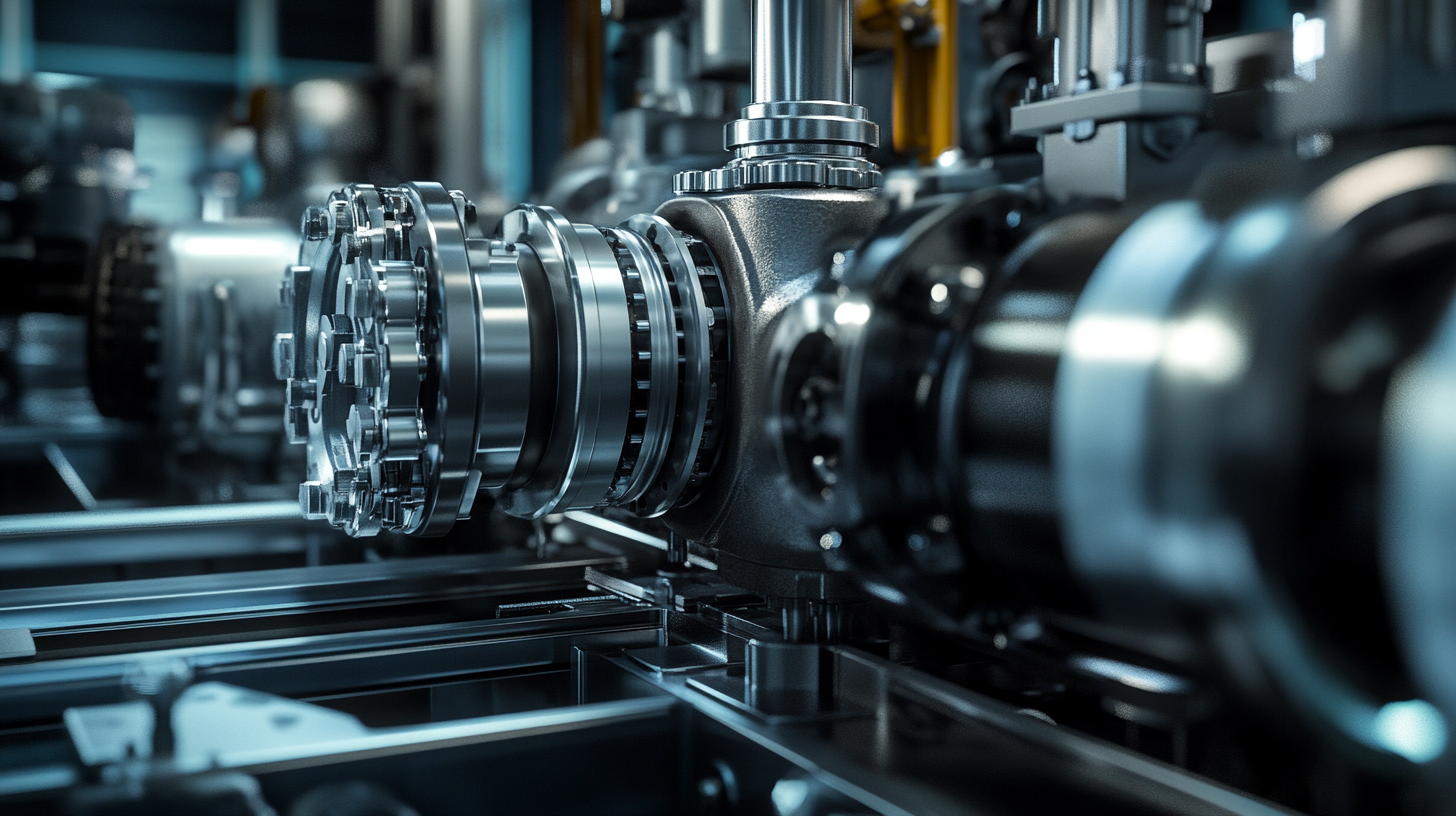Exploring the Unique Features and Applications of Diverse Hydraulic Pump Types
Hydraulic pumps play a crucial role in the realm of fluid power systems, serving as the heart that drives hydraulic machinery and processes across various industries. Understanding the different types of hydraulic pumps is fundamental for engineers, technicians, and anyone involved in hydraulic applications. From gear pumps to piston pumps, each type offers unique features that cater to specific operational requirements, making them suitable for diverse applications ranging from construction equipment to manufacturing machinery.
In this blog, we will delve into the various hydraulic pump types, exploring their distinctive characteristics and operational principles. By examining the strengths and limitations of each type, we aim to provide valuable insights into how a hydraulic pump can be effectively utilized in real-world scenarios. Whether you are seeking to enhance your technical knowledge or looking for the right hydraulic solution for your project, this exploration will equip you with the understanding to make informed decisions in hydraulic systems design and application.

Understanding the Fundamental Principles of Hydraulic Pumps
Hydraulic pumps are essential components of hydraulic systems, transforming mechanical energy into hydraulic energy by converting rotational motion into fluid flow. Understanding their fundamental principles helps engineers and technicians select the appropriate type for various applications. According to a report by MarketsandMarkets, the global hydraulic pump market is projected to reach $18.4 billion by 2026, driven largely by the increasing demand for machinery in construction, agriculture, and automotive sectors.
The operation of hydraulic pumps is based on Pascal's Law, which states that pressure applied to a confined fluid is transmitted undiminished in all directions. This principle allows hydraulic pumps to deliver consistent force across various applications. There are several types of hydraulic pumps, including gear pumps, vane pumps, and piston pumps, each offering unique advantages for specific industrial scenarios. For instance, gear pumps are favored for high viscosity fluids, while axial piston pumps are renowned for their efficiency in high-pressure applications.
Furthermore, recent advancements in hydraulic pump technology have resulted in improved energy efficiency and reduced environmental impact. According to a report published by Transparency Market Research, innovations such as variable displacement pumps have gained traction, offering enhanced adaptability and precision in fluid control. This evolution in hydraulic pump design not only meets the operational needs of various industries but also aligns with the growing emphasis on sustainability and energy conservation in engineering practices.

A Comprehensive Overview of Different Hydraulic Pump Types
Hydraulic pumps are essential components in various industrial applications, providing the necessary force to move fluids and power machinery. Understanding the different types of hydraulic pumps available is crucial for selecting the right one for specific operations. The primary categories include gear pumps, piston pumps, and vane pumps, each offering distinct advantages tailored to diverse needs.
Gear pumps are renowned for their simplicity and reliability. They utilize interlocking gears to create flow, making them suitable for high-viscosity fluids. Commonly seen in automotive and agricultural machinery, gear pumps are favored for their efficient performance in transferring hydraulic fluid under pressure.
On the other hand, piston pumps stand out for their ability to generate high-pressure outputs. These pumps operate using one or more pistons driven by a motor, making them ideal for applications requiring precision and power, such as in construction equipment and manufacturing processes. Vane pumps, meanwhile, offer a balance between flow efficiency and pressure capability. Their design allows for a smooth operation, making them particularly useful in mobile equipment and small machinery applications.
By exploring the unique features of each pump type, users can better appreciate their specific applications, leading to improved operational efficiency and performance in hydraulic systems.

Key Applications and Industries Utilizing Hydraulic Pumps
Hydraulic pumps are crucial components in various industries, powering machinery and enabling efficient operation across diverse applications. From construction to manufacturing, the versatility of hydraulic pumps has made them essential in sectors that require high-performance fluid power. Their unique designs cater to different operational needs, which enhances productivity while minimizing energy consumption.
In the construction industry, hydraulic pumps are extensively utilized in excavators, cranes, and other heavy equipment, allowing for powerful lifting and pushing capabilities. Additionally, the automotive sector relies on hydraulic pumps in assembly lines, where precision and speed are paramount. The agriculture industry also benefits from hydraulic technology, using pumps for irrigation systems and in machinery such as tractors and harvesters to enhance farming efficiency.
Recent reports indicate significant growth in the industrial hydraulic equipment market, driven by increasing urbanization and infrastructure development. As industries seek more efficient and reliable hydraulic solutions, manufacturers are innovating to offer pumps with improved performance characteristics. This evolution not only meets existing demand but also opens up opportunities for new applications, further expanding the role of hydraulic pumps in industrial operations.

Comparative Analysis: Advantages and Disadvantages of Each Pump Type
Hydraulic pumps are crucial components in various industrial applications, and understanding their unique features can significantly impact efficiency and performance. Each type of hydraulic pump comes with its advantages and disadvantages, making a comparative analysis essential for selecting the right one for specific projects. For instance, gear pumps are known for their simplicity and cost-effectiveness, making them ideal for low-pressure systems. However, their fixed displacement can be a drawback in applications requiring variable flow rates.
On the other hand, vane pumps offer a higher efficiency than gear pumps and can handle a wider range of fluid viscosities. Their ability to maintain consistent pressure levels is advantageous in hydraulic systems that demand reliability. Nonetheless, they tend to have a more complex design, which can lead to higher maintenance costs. According to industry reports, vane pumps can achieve efficiencies up to 90%, but their susceptibility to wear may limit their longevity in harsh operating environments.
Lastly, piston pumps stand out for their versatility and high-pressure capabilities, making them suitable for demanding applications like mobile machinery. While they deliver superior performance with efficiencies exceeding 95%, the complexity of their construction translates into a higher initial investment and potential maintenance challenges. By weighing these characteristics against project needs, professionals can make informed decisions that align with operational goals and budget constraints.
Future Trends in Hydraulic Pump Technology and Innovation
The hydraulic pump industry is poised for significant advancements as we look toward the future. Marked by a history of innovation since Joseph Bramah's patent in 1795, the field has evolved dramatically, especially in response to the demands of various sectors such as construction, automotive, and aerospace. Current trends indicate that hydraulic technology is transitioning towards more efficient and integrated systems, driven by the need for enhanced performance and reduced environmental impact.
One of the notable future trends is the movement towards smart hydraulic systems that leverage digital technologies. For instance, reports suggest that the sewage pump market, valued at approximately $4 billion in 2022, is projected to reach around $7.1 billion by 2030, reflecting a compound annual growth rate (CAGR) of 6.0% from 2024 to 2030. This escalation highlights the increasing importance of efficient hydraulic pumps capable of meeting rigorous performance standards, especially in water treatment applications.
Moreover, innovative research aimed at cost reduction and efficiency improvement is expected to reshape various hydraulic technologies. Industry reports indicate that significant investments are being made to optimize hydraulic fluid systems and enhance energy recovery mechanisms in pumps. As technological integration deepens, we anticipate that hydraulic pumps will not only improve in performance but also become central to sustainability efforts across industries, paving the way for greener engineering practices.





